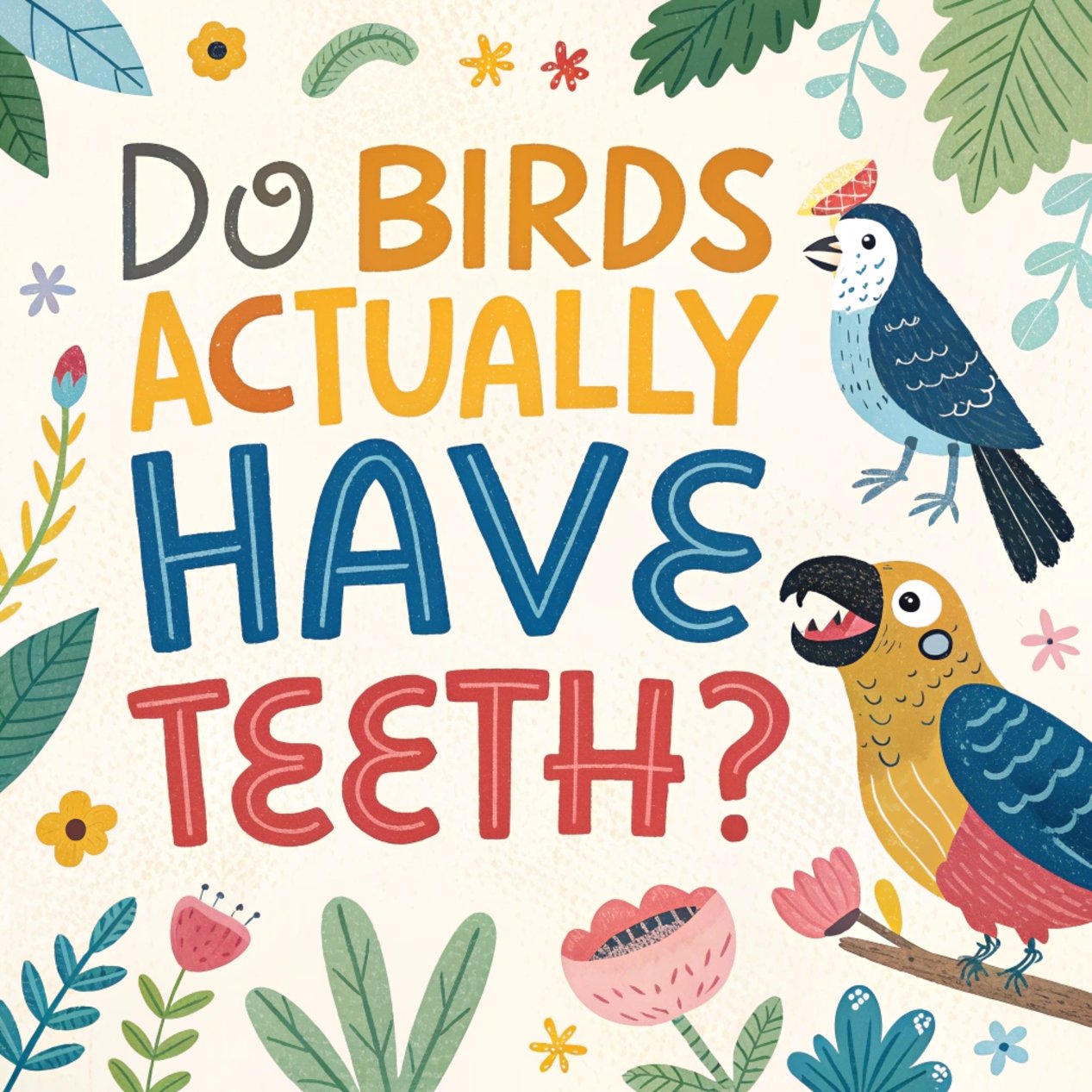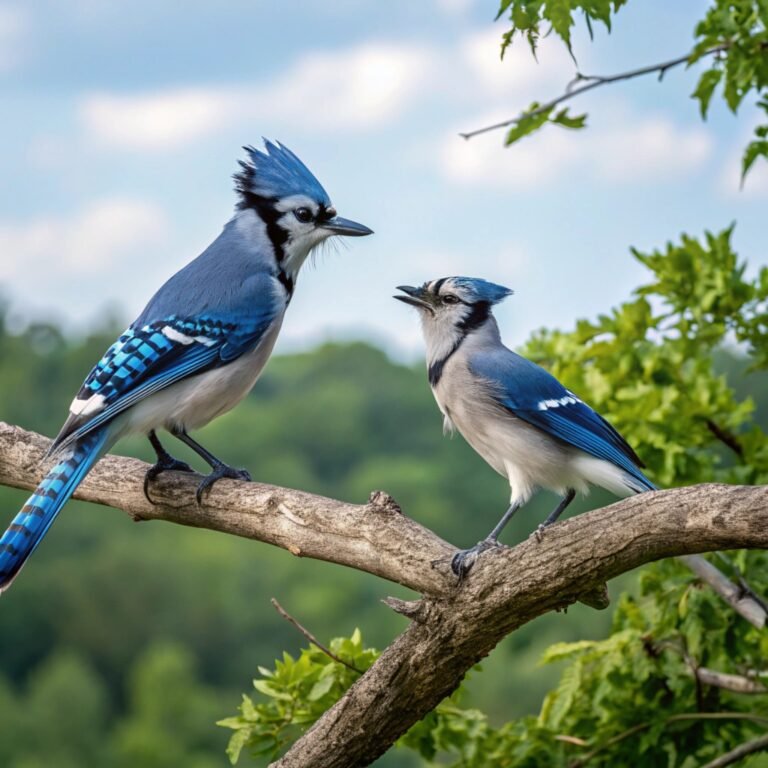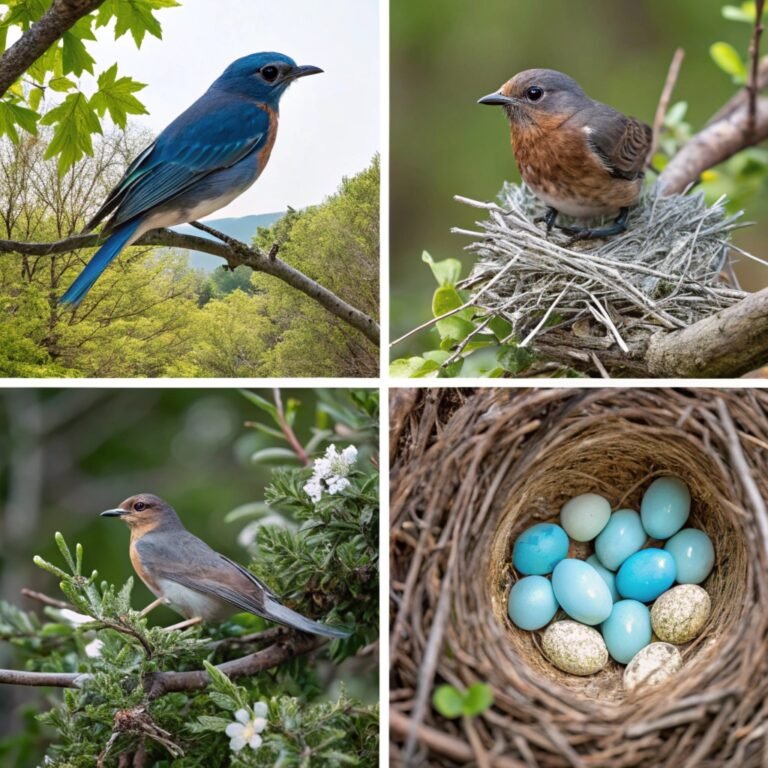Do Birds Actually Have Teeth? – Hidden Mysteries About These Amazing Creatures
However, one peculiar aspect of bird anatomy often goes unnoticed: their lack of teeth. This intriguing characteristic raises questions about their evolutionary history and how they manage to survive without these seemingly essential structures.
Birds are fascinating creatures that have captivated human imagination for centuries. From their ability to soar through the skies to their diverse array of colors and songs, these feathered friends never cease to amaze us.
In this comprehensive exploration, we’ll delve into the world of avian dentition, or rather, the lack thereof, to understand why birds don’t have teeth and how they’ve adapted to thrive without them.
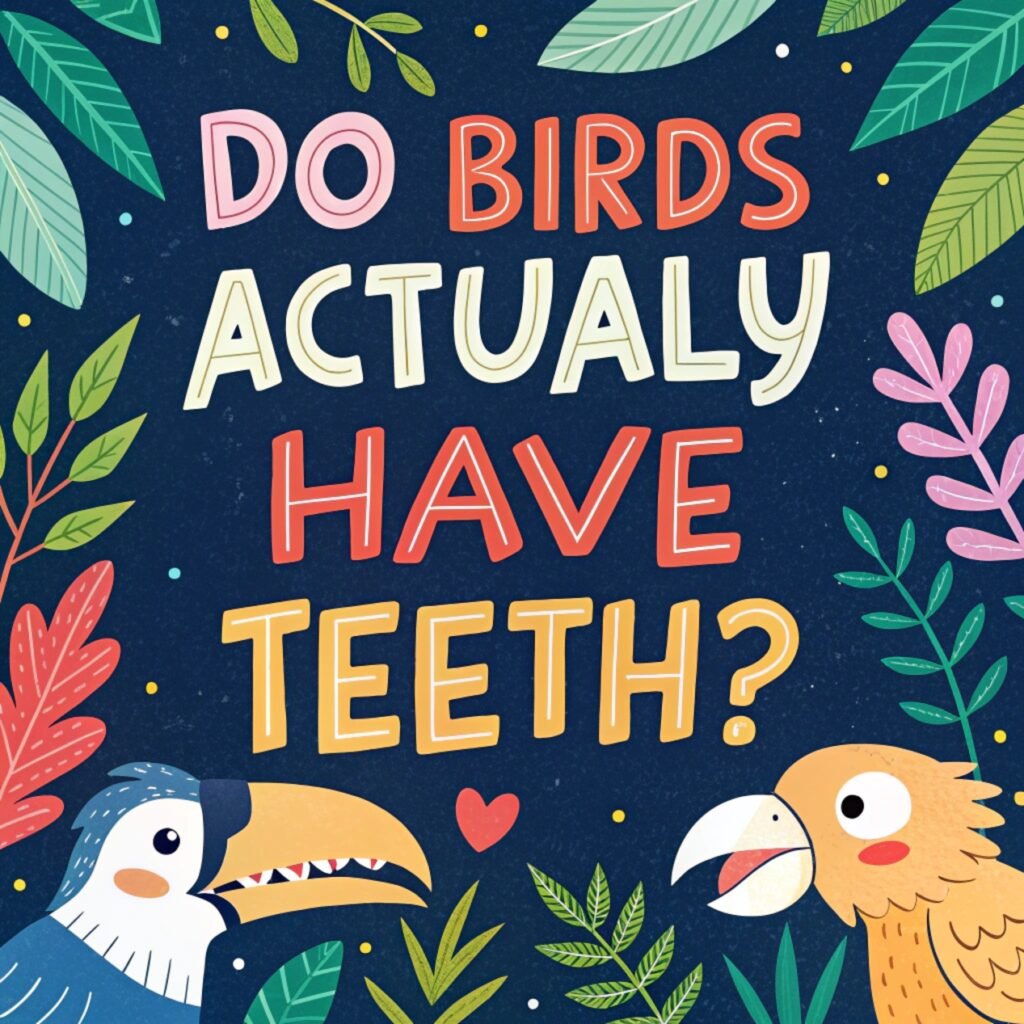
Key Takeaways:
- Evolutionary Journey: Birds evolved from toothed dinosaur ancestors, gradually losing teeth over millions of years due to genetic mutations.
- Beak Adaptation: The beak serves as a versatile multitool for birds, replacing teeth for various functions including feeding, preening, and nest-building.
- Gizzard Function: Birds have developed a muscular gizzard that acts as a built-in food processor, grinding food with the help of swallowed stones (gastroliths).
- Tooth Loss Theories: Scientists propose that tooth loss in birds may have been an adaptation for more efficient flight or to allow for faster egg incubation times.
- Egg Tooth: Many bird species develop a temporary “egg tooth” to help chicks break out of their shells during hatching.
- Sawbill Ducks: Some birds, like mergansers, have evolved serrated beak edges that function similarly to teeth for gripping prey.
- Dormant Genes: Modern birds still possess dormant genes for tooth development, which scientists have managed to reactivate in laboratory settings.
- Beak Advantages: Beaks offer several benefits over teeth, including lighter weight, continuous growth, and resistance to decay.
- Dietary Influence: The diverse array of beak shapes and sizes in birds is largely a result of adaptations to different diets and feeding strategies.
- Digestive Adaptations: Birds have developed unique digestive systems, including crops and shorter digestive tracts, to compensate for the lack of teeth.
- Evolutionary Success: The loss of teeth has not limited birds but has instead opened up new evolutionary possibilities, allowing them to thrive in diverse environments.
The Evolutionary Journey: From Toothed Ancestors to Toothless Marvels
Birds, as we know them today, are descendants of theropod dinosaurs, a group that includes the famous Tyrannosaurus rex.
Surprisingly, their ancient ancestors did possess teeth. The Archaeopteryx, often considered the earliest known bird, lived around 150 million years ago and had a full set of teeth.
However, over millions of years of evolution, birds gradually lost their teeth. This transition wasn’t sudden but occurred gradually over time.
Genetic mutations emerged about 100 million years ago that prevented tooth development by blocking the production of enamel and dentine, the key components of teeth.
The loss of teeth in birds was likely a two-stage process. In the first stage, tooth loss and partial beak development began at the front of both the upper and lower jaws.
The second stage involved the concurrent progression of tooth loss and beak development from the front to the back of the mouth.
The Beak: Nature’s Multitool for Birds
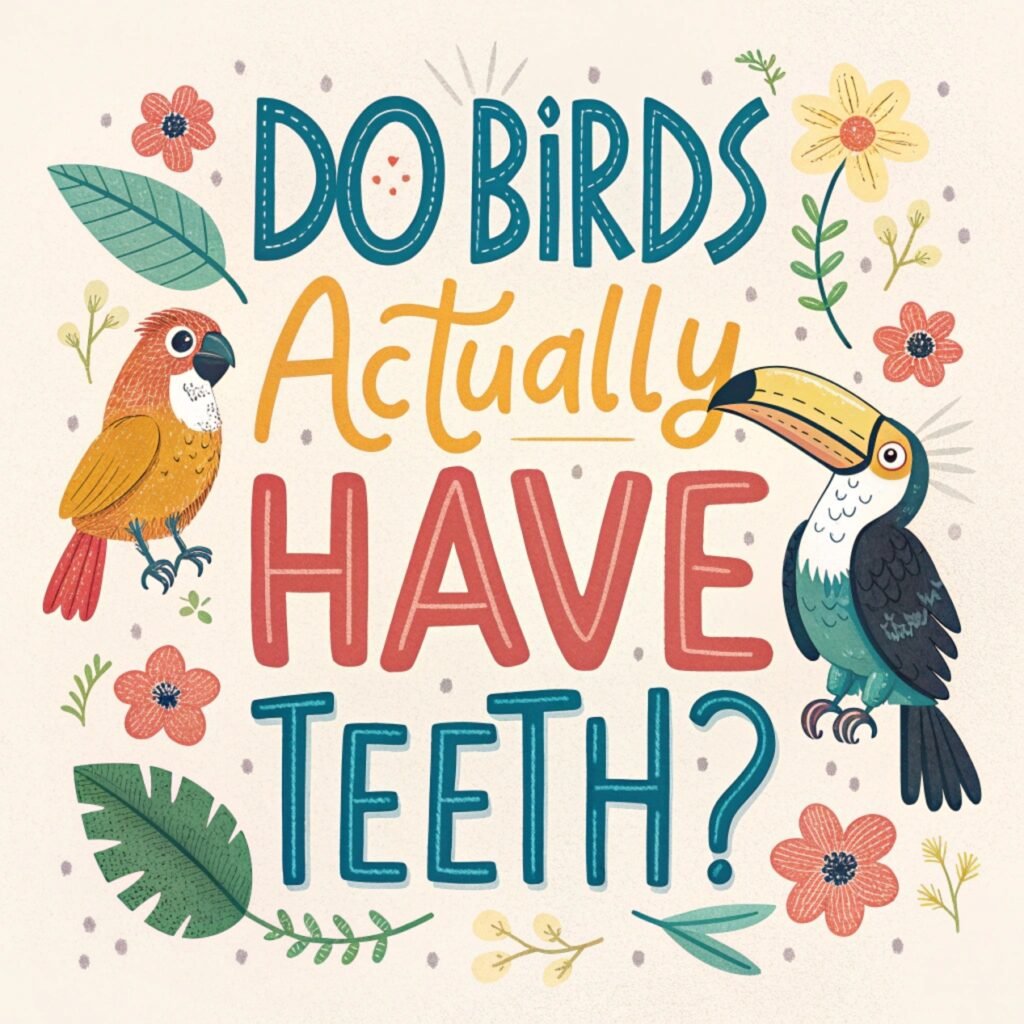
As birds lost their teeth, they developed beaks as a replacement. The beak is a remarkable adaptation that serves multiple functions, making it an incredibly versatile tool for birds. Beaks come in various shapes and sizes, each specialized for different purposes.
Some birds use their beaks to crack open nuts and seeds, while others use them to probe flowers for nectar.
Predatory birds have sharp, hooked beaks for tearing flesh, while filter-feeding birds have flat, wide beaks for sifting food from water.
The beak is not just a feeding tool; it’s also used for preening feathers, building nests, and even as a weapon for defense.
This versatility has allowed birds to adapt to a wide range of habitats and diets, demonstrating the evolutionary success of this toothless adaptation.
The Gizzard: Nature’s Built-in Food Processor
Without teeth to chew their food, birds have developed an alternative method for breaking down their meals.
Enter the gizzard, a muscular part of a bird’s stomach that acts as a built-in food processor. This organ is particularly well-developed in birds that eat hard foods like seeds and nuts.
The gizzard works by contracting and grinding food against small stones or grit that the bird has swallowed.
These stones, known as gastroliths, act like teeth inside the bird’s body, helping to crush and grind food into smaller, more digestible pieces.
Some birds, like ostriches, can even digest metal objects in their powerful gizzards. This adaptation allows birds to extract nutrients from a wide variety of food sources without the need for teeth.
The Mystery of Tooth Loss: Theories and Hypotheses
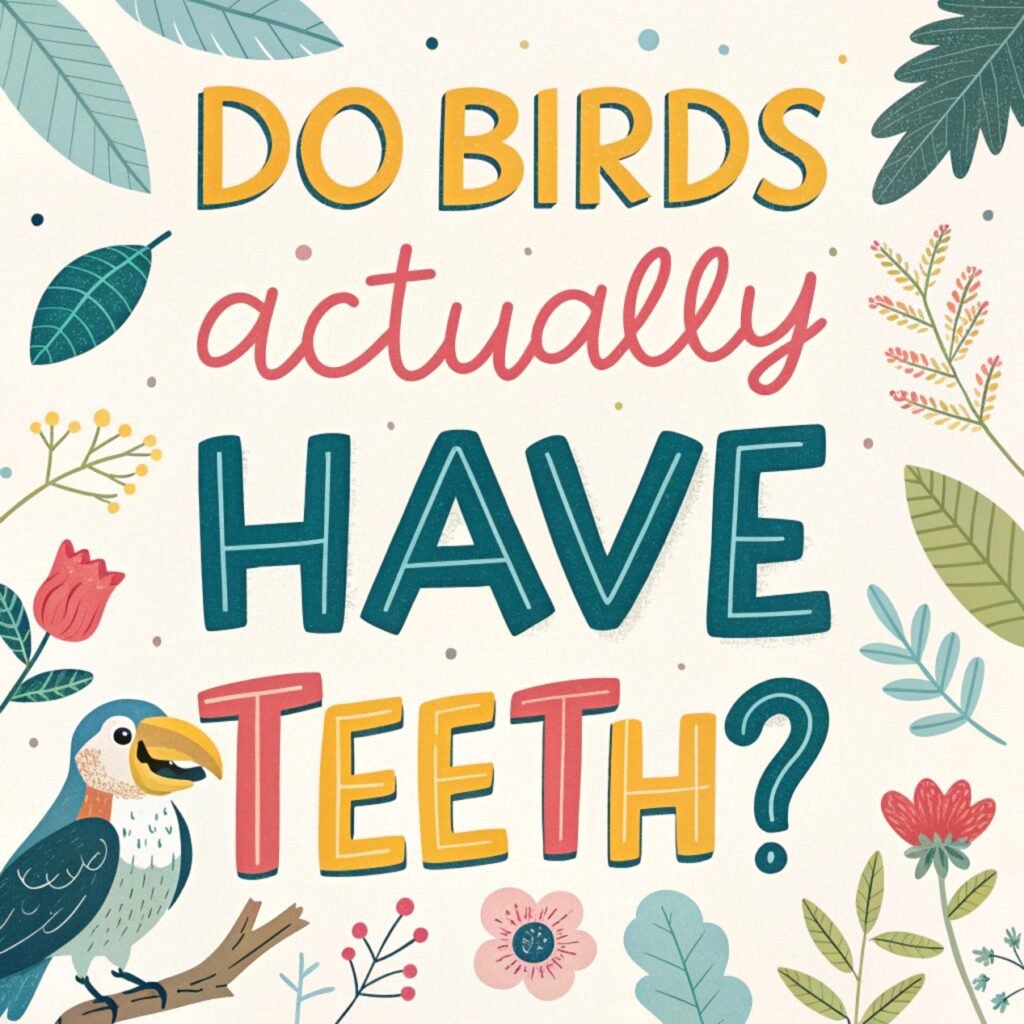
Scientists have proposed several theories to explain why birds lost their teeth over the course of evolution. One popular hypothesis suggests that tooth loss was an adaptation for flight.
Teeth and the jaw bones to support them are relatively heavy, and losing them could have made birds lighter and more efficient flyers.
However, this theory doesn’t fully explain why some non-flying dinosaurs also evolved beaks.
A more recent hypothesis proposes that tooth loss was a side effect of faster incubation times. Teeth take a long time to form within an embryo, potentially up to 60% of a dinosaur’s incubation period.
By evolving to lose their teeth, birds may have been able to shorten their incubation times, reducing the vulnerable period when eggs are exposed to predators and environmental risks. This adaptation could have given birds a significant survival advantage.
The Egg Tooth: A Temporary Tool for Hatching
While modern birds don’t have true teeth, many species do develop a structure called an egg tooth.
This is not a true tooth but rather a hard, sharp projection on the tip of the beak that helps the chick break out of its shell during hatching.
The egg tooth is typically shed shortly after hatching, usually within a few days.
This temporary structure is an excellent example of how birds have evolved specialized adaptations to solve specific problems without the need for permanent teeth.
Sawbill Ducks: Nature’s Compromise Between Beaks and Teeth
While no modern birds have true teeth, some species have developed structures that serve similar functions. Sawbill ducks, such as mergansers and goosanders, have evolved serrated edges on their beaks that resemble teeth.
These tooth-like serrations help these birds grip slippery prey like fish, demonstrating how evolution can produce tooth-like structures even in the absence of true teeth.
This adaptation shows the incredible flexibility of nature in solving problems and filling ecological niches.
The Genetic Remnants of Teeth in Modern Birds
Fascinatingly, the genes for tooth development still exist in modern birds, albeit in a dormant state.
In a groundbreaking study, scientists were able to reactivate these genes in chicken embryos, causing them to develop tooth-like structures similar to those of their dinosaur ancestors.
This discovery not only provides insight into the evolutionary history of birds but also demonstrates the complex nature of genetic inheritance and expression.
It suggests that the potential for tooth development still exists in birds, even though it has been suppressed for millions of years.
The Benefits of Beaks Over Teeth for Birds
While teeth might seem like a useful tool to have, beaks offer several advantages for birds. Beaks are lighter than teeth, which is crucial for flight efficiency.
They’re also continuously growing structures, allowing for constant renewal and repair.
Beaks are incredibly versatile, capable of performing a wide range of functions that teeth alone couldn’t manage.
From the precision grip of a parrot’s beak to the filter-feeding apparatus of a flamingo, beaks have allowed birds to adapt to an incredibly diverse range of ecological niches.
Moreover, beaks don’t suffer from decay or cavities like teeth do, reducing the risk of oral health issues that could impact a bird’s survival in the wild.
The Role of Diet in Beak Evolution
The incredible diversity of beak shapes and sizes in the bird world is largely a result of dietary adaptations.
Different food sources have driven the evolution of specialized beak structures across various bird species.
For example, finches in the Galápagos Islands famously demonstrate how beak shape can rapidly evolve in response to available food sources.
During dry seasons when only hard seeds are available, finches with larger, stronger beaks have a survival advantage.
This dietary influence on beak evolution showcases how the loss of teeth has not limited birds but rather opened up new evolutionary possibilities.
Comparing Birds to Other Toothless Animals
Birds aren’t the only animals to have evolved without teeth. Anteaters, baleen whales, and turtles are examples of other animals that lack teeth but have developed alternative feeding mechanisms.
Anteaters, for instance, have long, sticky tongues to catch insects, while baleen whales have keratin plates to filter small organisms from seawater. Turtles have sharp, beak-like structures for cutting and crushing food.
These examples demonstrate that the loss of teeth is not unique to birds and that nature has found multiple solutions to the challenge of processing food without traditional dental structures.
The Impact of Tooth Loss on Bird Digestion
The absence of teeth has led to several adaptations in the bird digestive system. In addition to the gizzard, many birds have a crop, a pouch-like organ in the esophagus used for storing food before digestion.
Birds also tend to have shorter digestive tracts compared to mammals of similar size, an adaptation that helps reduce weight for flight.
To compensate for the lack of initial mechanical breakdown in the mouth, birds often swallow their food whole or in large pieces.
These digestive adaptations work in concert with the beak and gizzard to ensure efficient nutrient extraction despite the lack of teeth.
The Future of Bird Evolution: Will Teeth Ever Return?
Given that the genes for tooth development still exist in birds, albeit in a dormant state, it’s natural to wonder if birds might ever re-evolve teeth. While it’s theoretically possible, it’s highly unlikely in the near future.
Evolution tends to build upon existing structures rather than reverting to previous forms. The beak and associated digestive adaptations have proven so successful that there’s little evolutionary pressure for birds to develop teeth again.
However, the study of these dormant genes could provide valuable insights into evolutionary processes and potentially have applications in fields like regenerative medicine.
Frequently Asked Questions
Do any birds have teeth?
No modern birds have true teeth. However, some birds like mergansers have serrated edges on their beaks that function similarly to teeth for gripping prey.
Did birds ever have teeth?
Yes, ancient bird ancestors had teeth. The Archaeopteryx, considered one of the earliest birds, had a full set of teeth about 150 million years ago.
Why did birds lose their teeth?
Scientists believe birds lost their teeth to reduce weight for more efficient flight and to shorten incubation times, giving them a survival advantage.
How do birds eat without teeth?
Birds use their beaks to grab and manipulate food. Many birds swallow food whole, and it’s ground up in a muscular organ called the gizzard.
Can birds taste their food without teeth?
Yes, birds have taste buds, although fewer than humans. They can taste sweet, sour, and bitter flavors.
Do baby birds have teeth?
No, baby birds don’t have teeth. However, many have a temporary “egg tooth” to help them break out of their shell when hatching.
How do birds defend themselves without teeth?
Birds use their beaks, talons, and sometimes wings for defense. Many birds also rely on flight to escape predators.
Can birds regrow their beaks?
Beaks are made of keratin and continuously grow throughout a bird’s life, similar to human fingernails.
Do all birds have the same type of beak?
No, beak shapes and sizes vary greatly among bird species, adapted to their specific diets and lifestyles.
Are there any disadvantages to birds not having teeth?
While beaks are versatile, they can’t perform some functions teeth can, like chewing. However, birds have evolved other adaptations to compensate for this.

Hello, I’m Emily Price, the founder of Birds Affection. As a passionate bird enthusiast and spiritual seeker, I’ve always been fascinated by the symbolic meanings and mystical connections between birds and our lives. On this website, I share my knowledge and insights on the spiritual significance of various bird species, exploring their roles as messengers, guides, and teachers. Through my writing, I aim to inspire and educate others on the profound wisdom and beauty that birds bring to our world. Join me on this journey as we delve into the enchanting realm of bird symbolism and discover the hidden meanings behind these magnificent creatures.

